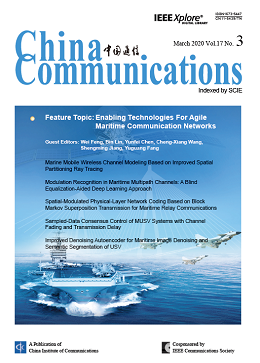EMERGING TECHNOLOGIES & APPLICATIONS
Qianqian Wang, Qin Wang, Shi Jin, Hongbo Zhu, Xianbin Wang
2020, 17(3): 188-204.
Recently, initiatives to integrate Internet of Things (IoT) technologies into smart buildings have attracted extensive attention for improving the performance of buildings and the comfort of occupants. However, the amount of data generated by IoT devices remains a challenge to the building management systems (BMSs) in terms of intensity and complexity. Different from cloud computing and edge computing, we propose a computation sharing architecture in smart buildings to incentivize idle computing devices (ICDs, sellers) to offload computational tasks for the BMS (buyer). In this paper, we design a hierarchical game model, consisting of a Stackelberg game and a Cournot game, to achieve a dynamic increase in computational capacity for the BMS. To guarantee the utility of BMS and ICDs, the Stackelberg game model is built to analyze the interactions between BMS and ICDs. Then, the Cournot game model is presented to formulate the internal competition among multiple ICDs. Under the premise of the subgame perfect Nash equilibrium, the BMS can quote the optimal pricing strategy, and the ICDs can share the corresponding optimal amount of computing resources. Finally, the simulation results show that the BMS’s computational capacity is enhanced on-demand, and each participant in the game obtains maximal utility.
